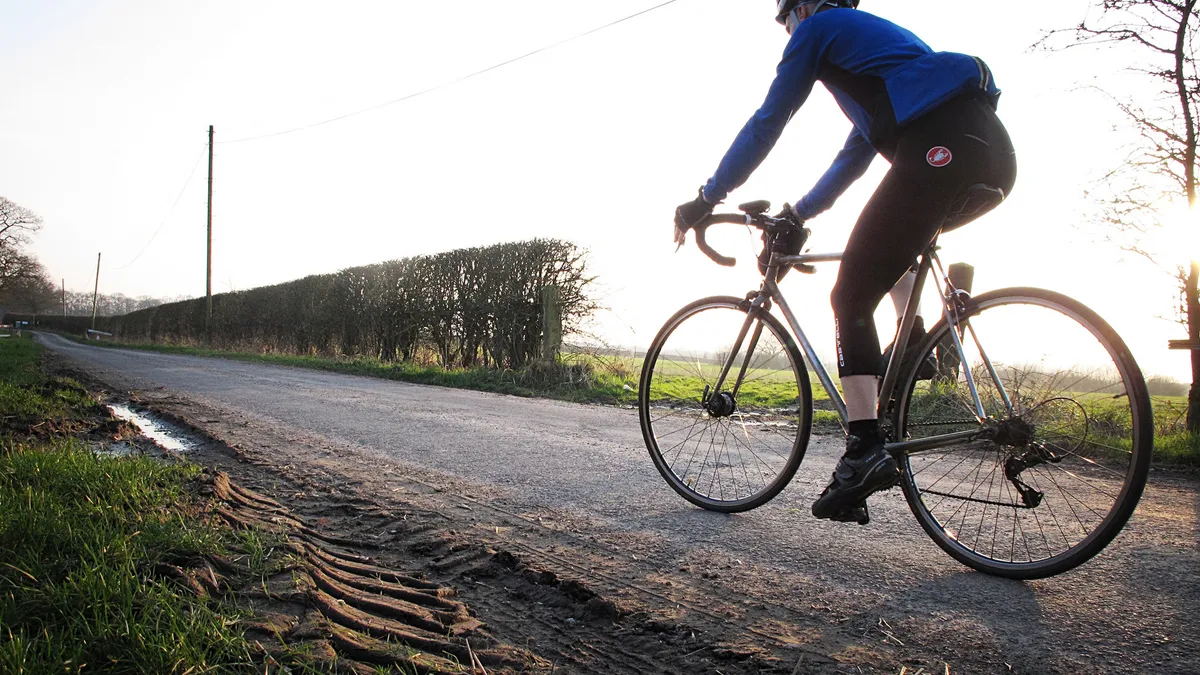This is a sponsored article in association with Red Bull.
It may sound obvious but one of the best ways to improve your performance on a bike is to spend more time riding, and a great way to do that is to commit to regularly cycling to your workplace.
Although not feasible for everyone, those who are lucky enough to be able to switch to commuting via bike are likely to quickly improve their fitness just by doing so.
Follow the pointers in this article to make sure the commute you are looking to do (or are already doing) is not only improving your fitness, but that you can actually track its effects.
- This summer commuters in the UK ditched the bus for their bikes and collectively commuted 1 Million Human Powered Miles! However, you can still get involved with the Red Bull Million Mile Commute here and be eligible for some fantastic prizes!
Frequency is key

If you aren’t a regular rider or are facing a particularly grueling distance then it’s important that you don’t take on too much too soon. Aim to commute in twice a week and be sure to get a rest day in-between. After a few weeks you’ll likely feel comfortable with riding in more frequently and before you know it you could be making light work of the distance each day.
Build personal challenges
It won’t take long for you to learn the details of your commute, just a handful of rides should leave you with a good idea of the distances and gradients of each ride. Try and pick out one particular part of your ride where you can track your performance, it could be a hill or a flat section. A safe environment is essential for this, so cycle paths and traffic-free routes are ideal. Try and pick up the pace for that section, at first it might feel rough but try it for several rides and you’ll more than likely start to feel improvements..
Don’t forget to mix it up
Taking an identical route each day will make things feel stale, so If you’re running early then why not take the scenic route? Similarly, if you’re lucky enough to own more than one bike then switching from your regular ride can be a refreshing change – a heavier bike, for example, can make for a harder workout.
Track rides through Strava

If you own a smartphone then you already own a pretty advanced cycle computer, it’s as simple as that. But to unlock this functionality from your phone you’ll need to download an app, and this is where Strava leads the way.
Strava uses your phone’s GPS tracking to record the statistics of your commutes, logging everything from speeds and distances to elevation data and even calorific estimations. It also allows you to view your efforts alongside that of other riders taking the same route, making for a new competitive dimension.
Don’t forget to sign up to the Red Bull Million Mile Commute club on Strava where you can log your own commuting miles for a chance to win great prizes.
Consider wearables

Another great way of tracking your commutes is via one of the latest generation of wearable devices. Some, such as Fitbit’s popular Blaze, will monitor your heart rate during exercise whilst piggybacking your smartphone’s GPS signal to provide location data. Others, like Garmin’s Fenix 3, feature GPS built-in so you need not rely on your phone at all.
Another option is to run a purpose built cycle computer, such as Wahoo’s ELEMNT Bolt, which can provide the same information as the devices listed above but with the added bonuses of turn-by-turn navigation and ride stats being presented at your handlebars.
Whichever you choose, the result is that your exercises can be recorded in greater detail and with less faff.
Feel the difference
Stick with it and riding to work will reward you, and the benefits stretch beyond physical improvements. Ask most people who ride to work about the difference it makes to their mental being and we bet most of them will back up just how good it makes them feel.
- This summer commuters in the UK ditched the bus for their bikes and collectively commuted 1 Million Human Powered Miles! However, you can still get involved with the Red Bull Million Mile Commute here and be eligible for some fantastic prizes!

